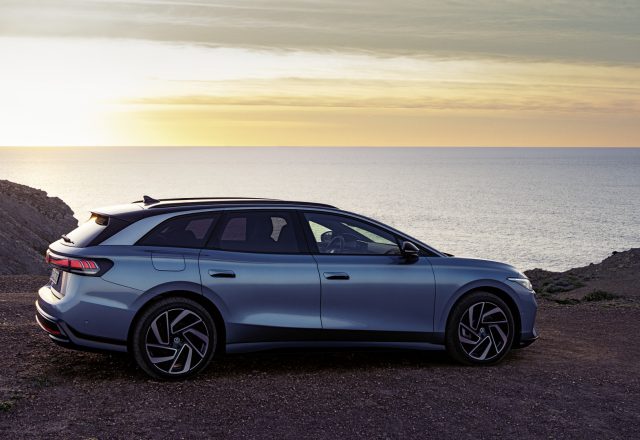Volkswagen is presenting a new SUV, which is sure to become quickly established in fleets: The new Tayron can be configured with up to seven seats and offers oodles of storage space. Thanks to its size and equipment, it is likely to attract a lot of attention from user choosers.
The new Volkswagen Tayron
Type of fuel:
Gasoline, diesel, mild hybrid, plug-in hybrid
Luggage compartment capacity:
Up to 2,090 litres of storage space (with the rear seats folded down)
Permissible towing capacity:
2,500 kg (braked at 12 %)
Measuring around 4.8 m in length, the Tayron is characterised by a striking SUV design. At the front, LED headlights and the standard illuminated Volkswagen badge create an unmistakeable light signature as night falls. The same is true at the rear with its full-length LED crossbar and again the illuminated Volkswagen logo. Sharply drawn lines emphasise the premium look-and-feel of the Tayron and its elongated silhouette. This claim is also reflected in the interior, where the design is dominated by surfaces that are pleasant to the touch and, depending on equipment, elegant materials such as ArtVelours Eco (microfibre) and authentic open-pore wood as well as illuminated decorative trim.
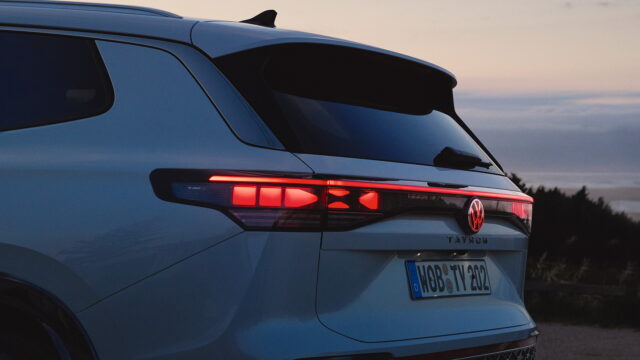
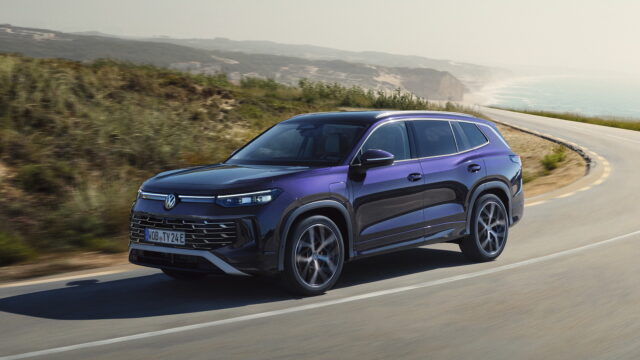


Extensive standard equipment
The SUV’s entry-level equipment line is called Life, which is followed by two top-of-the-range packages: Elegance and R-Line. The entry-level Life version of the Tayron already offers a wide range of standard equipment. This includes details such as nine airbags and a three-zone automatic air conditioner, but also numerous driver assist systems like
- Travel Assist
- Adaptive Cruise Control ACC
- Side Assist lane change system with Rear Traffic Alert and exit warning system
Attractive equipment options
Optional highlights include systems such as adaptive chassis control DCC Pro, IQ.LIGHT HD matrix headlights with interactive lighting functions, and Travel Assist for assisted longitudinal and lateral guidance. Also available: a tilting and sliding panoramic sunroof, a 700-watt sound system from Harman-Kardon, leather upholstery with electrically adjustable seats including a massage and ventilation function, plus electrically activated child lock for the rear.

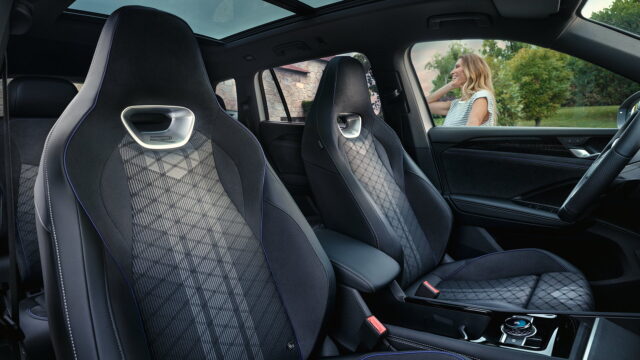
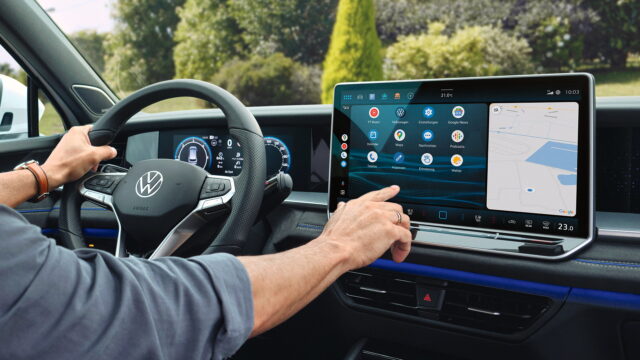

All information applies to the German market. The vehicle images show special equipment.
¹⁾The range of the longest-range specification variant of the Tayron R-Line eHybrid with 19.7 kWh net battery energy content, determined on the chassis dynamometer. The actual WLTP range values may vary depending on the equipment. The actual purely electric range may vary under real conditions due to such factors as driving style, speed, use of comfort features and auxiliary equipment, ambient temperature, number of passengers/load, topography and the ageing and wear-and-tear process of the battery.
Status: 10.12.2024
© Volkswagen










